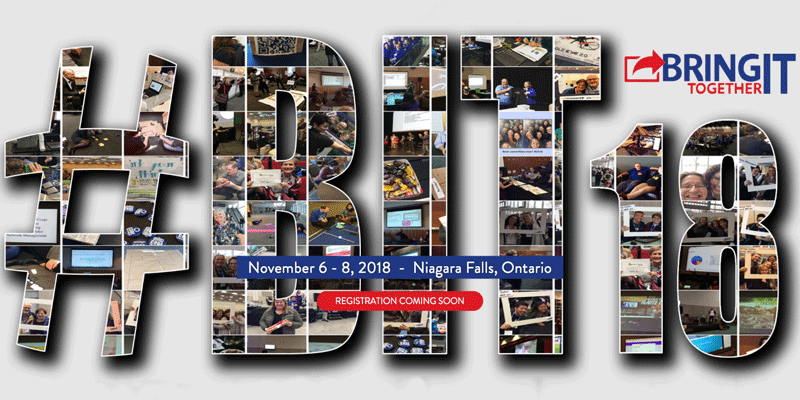Originally published on DUSTY WORLD, September, 2018…
Last year I attended the FITC digital creatives conference in Toronto for the first time. I teach a senior high school software engineering class where we focus on project management in terms of game design. We use Unity to develop interactive 3d games, sometimes in virtual reality. We use Blender to learn how to 3d model. I attended FITC to try and get some perspective on how we can use current industry standards in our work, but this conference did much more than that.
I thought I was up at the pointy end of 3d computer generated imaging know-how, we do some exceptional work in class and many of our grads have gone on to work in the industry, but FITC floored me with how CGI 3d modelling has insinuated itself into marketing. The first presentation that made me question everything I thought I knew was by The Mill and their Blackbird car. This digital studio has revolutionized how automakers advertise. The next time you’re watching a car advertisement, ask yourself if you’re actually seeing the car:
From a media literacy perspective, if you aren’t aware that what you’re watching isn’t real, are you really media literate? This can lead to all sorts of strange situations where all of us are media illiterate and at the mercy of the people who aren’t:
 |
| Made this week by one of our new grade 11s. Watching an already talented artist take these digital tools and run with them is one of the best parts of my job. |
I’d originally attended FITC to make sure we were current on 3d technology. I think we’re doing a remarkably good job of that in our high school program, but what I was unaware of was just how many 3d modelling jobs there are beyond the film and video game industries. There are a number of companies now that focus entirely on the very lucrative marketing industry with this technology. I was able to bring that back to my students and offer up a new avenue for our talented digital artists to consider when they graduate.
I haven’t touched on many of the other surprises from FITC. Relatively new jobs like computer animation that I thought were secure are in doubt. Other skills that I never considered (traditional visual arts skills, mime and creative thinking) might be much more valuable in our digital future than I thought they might. This kind of information makes me want to diversify my software class and encourage greater artistic influence and experimentation. Ideally, we should be learning these digital tools in order to amplify and express the creativity and complex thinking my students are capable of. Technically proficiency isn’t an end in itself, we learn the tools to make our thoughts tangible.
 |
| We’ve got one of the top 2d animators in Ontario in our grade 12 software engineering class. He’s pretty handy in 3d as well! |
The media literacy side of it still bothers me. I’m teaching computer engineering so my focus is there, but so few people are interested in learning how this technology works. I have a pretty healthy program and I work with less than ten percent of our school population. Many schools in Ontario don’t offer any digital technologies at all. In my senior programs I’m lucky to have one or two females in the class. Tech tends to be male heavy and digital tech is no different. That gender disparity means a digital literacy disparity too.
I see every person in the school using digital technology every day, yet its a curriculum afterthought. I’ve long argued for digital technology to be a required fluency, especially if we’re going to use it in every classroom and throughout our days. If you don’t understand the technology it will influence you in ways you won’t even notice. You’ll also waste a lot of time not doing it properly. My experiences at FITC this year have opened yet another angle on digital fluency in terms of media literacy. If you’re watching something you think is real but isn’t, you’re the sucker that PT Barnum and modern marketing dreams about.
If you’re at ECOO #BIT18 this year I’ll be presenting on the many surprises I found at FITC and how you might start to bring 3d modelling or at least an understanding of it into your classroom. Hope to see you there.
Here’s the presentation:
from Blogger https://ift.tt/2O5QPPy
via IFTTT


